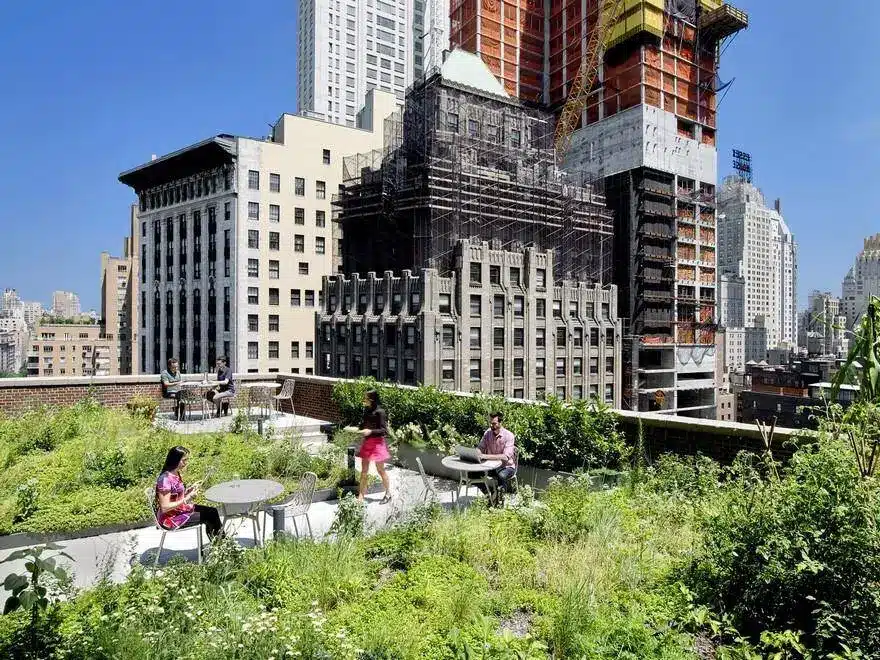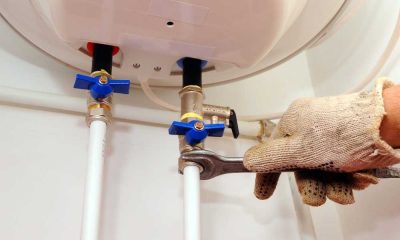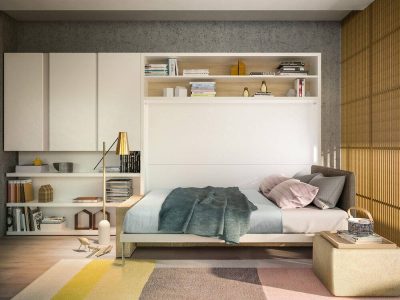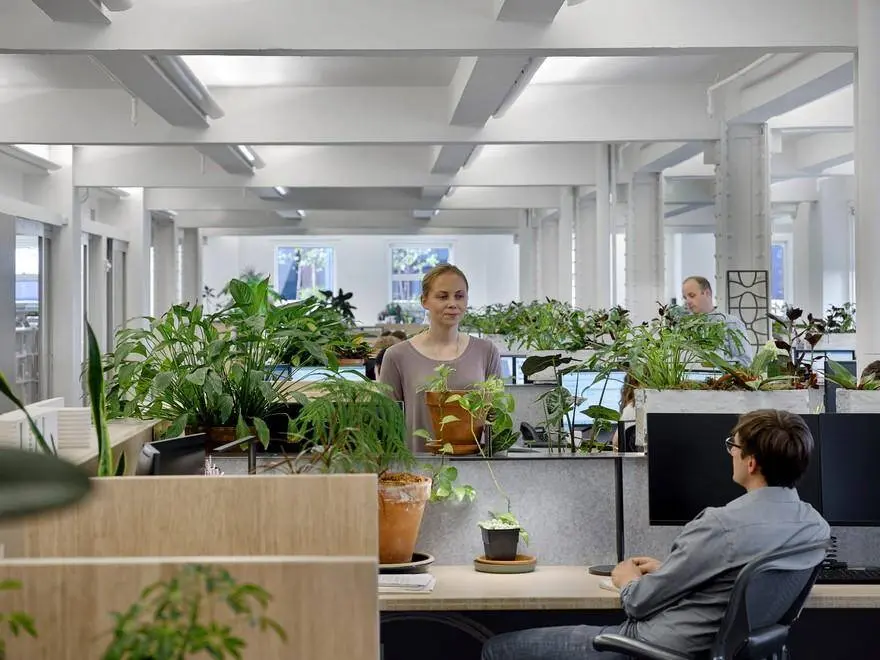
Have you been meaning to:
● Give your office a makeover
● Improve your employees’ productivity
● Reduce absenteeism
In your research, you’ve probably come across the term biophilic design. It’s a one-stop solution to address all of the needs mentioned above.
In this guide, we’ll tell you:
What is biophilia?
What are biophilic designs?
How can workplaces benefit from biophilia?
How can you achieve this?
Would you should invest the effort required for this?
Read on:
But, what exactly is biophilia?
Biophilia is a person’s instinctive need to connect with nature.
Biophilic design is the process of incorporating elements from the natural world into a built environment.
This isn’t the same as creating green and sustainable offices which use fewer resources. Instead, it’s about workplaces you interact with as naturally as possible.
Biophilic design is based on six elements defined by Stephen Kellert, the pioneer behind biophilia. These 6 elements are:
● environmental features,
● natural shapes and forms,
● natural patterns and processes,
● light and space,
● place-based relationships, and
● evolved human relationships to nature
Having biophilic interiors at the workplace focuses on the connection that humans have with their environment. Such design allows them to interact with all forms of nature.
Want to dip your toe into the pool of biophilic interiors? Read on.

1. Declutter. Declutter. Declutter.
Imagine this: You’ve just entered your office and there’s a pile of mail for you. You’re working on a presentation when you realize you need some data, so you ask the accounts team. They send you all the records for the year. By lunchtime, a dozen reports have been submitted for you to review. By the end of the day, you’re surrounded by stacks of papers and you don’t know which ones you even need to be looking at.
Chaotic and overwhelming, right? Understanding what are things you actually need at your workplace, and getting rid of things you don’t need can help free up space and reduce stress.
2. Play with Lighting
Rearrange the furniture in your office so it doesn’t block any windows. Let natural light in by opening up windows, and make the most of any natural landscape and views around you.
Another way that you can incorporate principles of biophilia in your lighting is by changing artificial lighting to light systems that complement your circadian rhythm, the natural cycles of wake and sleep with light and dark.
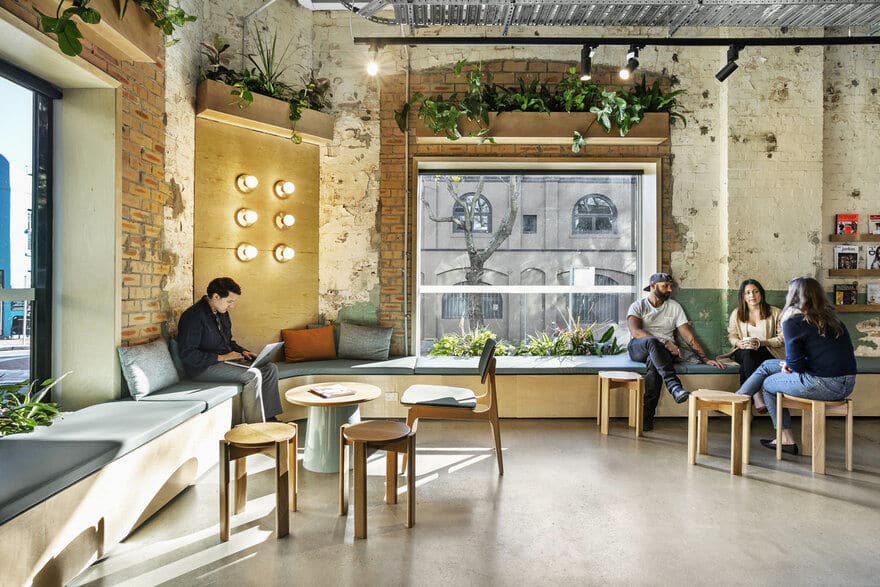
3. Stimulate Your Senses
An important aspect of biophilic design is the need to stimulate all your senses: sight, sound, smell, touch, and other sensory systems. Bring in soft blankets, your favorite throw pillows, and some rugs, to add both visual and textural appeal.
Humidifiers, diffusers, incense sticks, or even coffee can help stimulate your olfactory sense. You can also add natural elements in the form of sand-filled hourglasses, seashells, green walls, flowers, river rocks, and water features.
4. Add Some Greenery
Another fun way to bring nature into the office is to add plants to your workplace. There are a wide variety of indoor plants and you can find one to suit your needs. Maybe a low-maintenance succulent, or a hanging plant to add some dimension to the room, or a large fiddle-leaf fig plant to liven up the space is just what your office needs.
If you don’t feel like live plants are the right fit for you, that’s okay. You can add images, murals, paintings, or even wallpaper incorporating plant motifs. You could also try surrounding yourself with artificial plants. While they may not provide the air-purifying properties that most live plants offer, they mimic them well enough to trick your brain into feeling more calm, relaxed and creative.
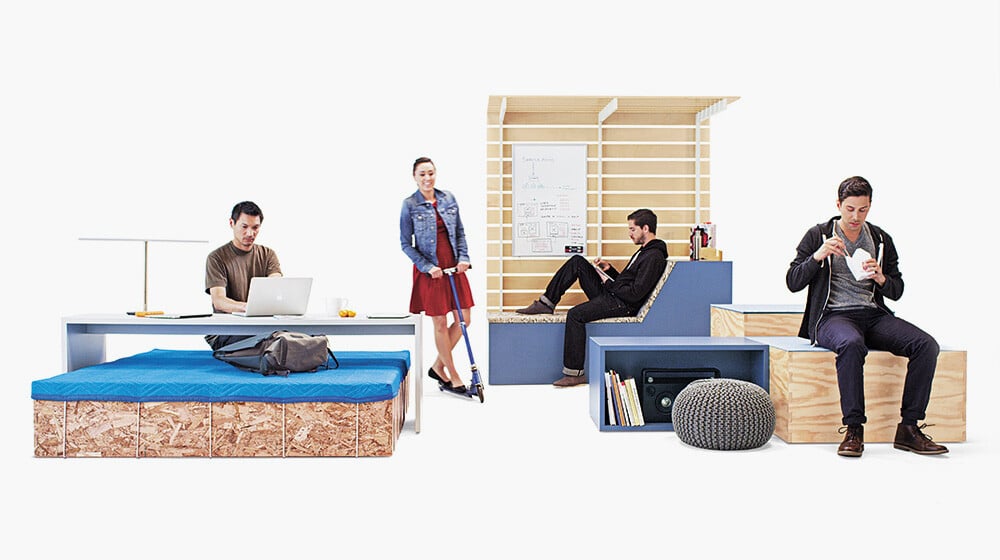
5. Swap Out Your Furniture
Let’s be honest—most office furniture is generic, boring, and uncomfortable. Replacing your spinning chairs and office desks with biophilic furniture can help you feel more at ease. Biophilic furniture is made of natural materials (like bamboo, wood, rattan) or incorporates natural shapes (like arches, waves, spirals).
You can also create pockets of seating that allows you to find refuge. Refuge is one of the principles of biophilic design. Refuge is a sensation induced when you are in an enclosed space that is separate from your surroundings but does not make you feel confined or claustrophobic.
Most people require connection with others to be able to concentrate, however, they also require space while performing certain tasks which need solitude. Refuge can be achieved by adding booths, single workstations, or even room dividers to your office.
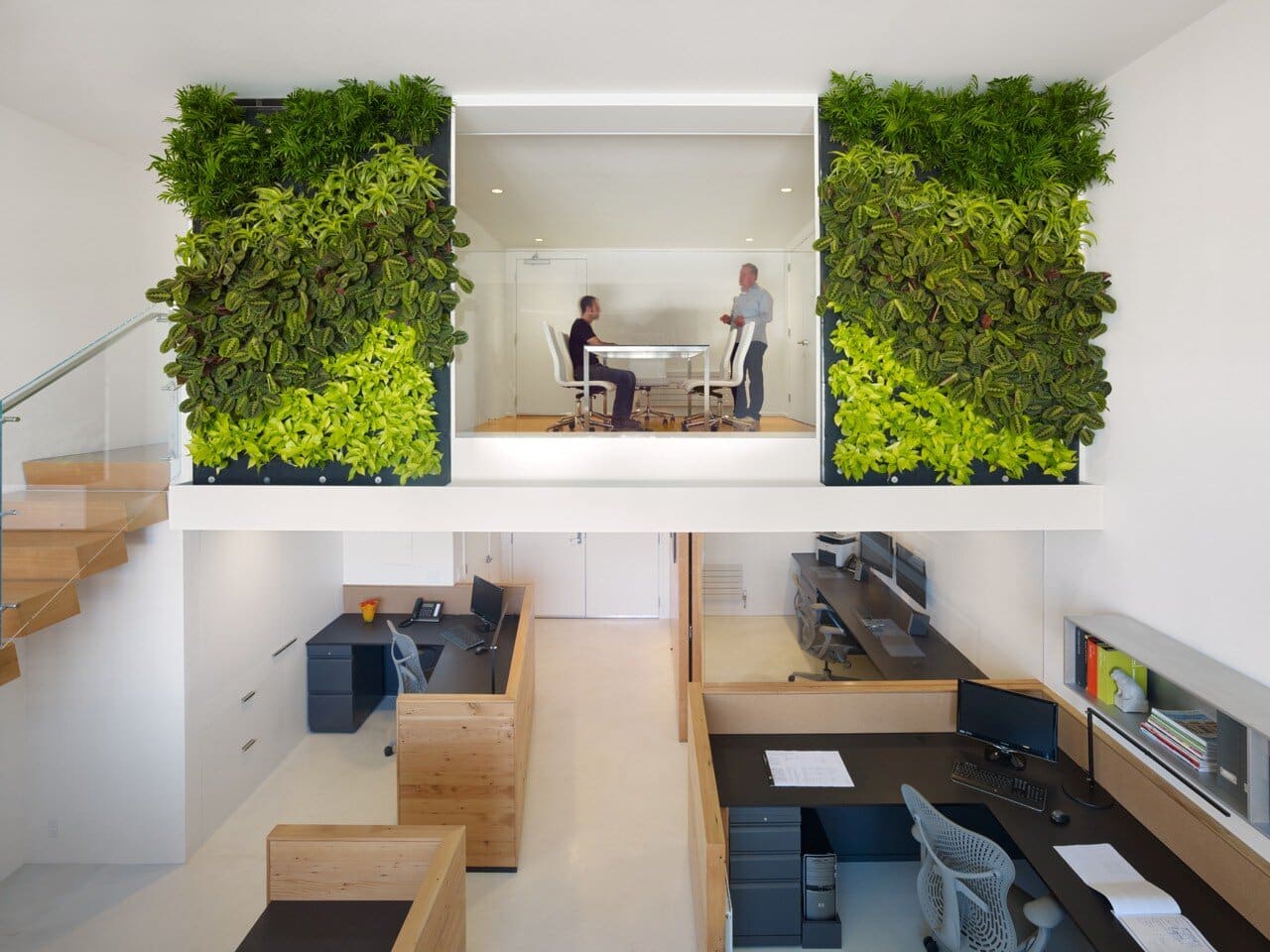
Why Choose Biophilic Designs?
The reasons are many.
Biophilic architecture and design have been found to reduce absenteeism, improve productivity, and boost employee engagement.
Studies have reported that people who work in offices designed on the basis of biophilic principles experience lower levels of stress and fatigue and are less prone to burnout.
As things return to normal after the pandemic, the office needs to become a more attractive space—one where people want to go, rather than have to. Unless employees begin to feel motivated and excited to come back to the office, they may not return. Biophilic design can help you achieve this.
There has also been a shift in the way people work over the last few years. During the pandemic, many people began working from home, and may still be working remotely or in a hybrid manner.
You may have also noticed that a large number of workers and employees are quitting their jobs citing toxic workplaces and poor mental health as reasons. The pundits have called this the “Great Resignation”. People are making it clear that they need more from their workplace.
Incorporating biophilia in the workplace is one strategy organizations around the world are using to retain employees, along with prioritizing mindfulness, workplace well-being, and employee mental health.
Turn your office into an oasis of calm and creativity with biophilia. Begin with these 5 easy steps, and ideas will present themselves to you en route the journey.
